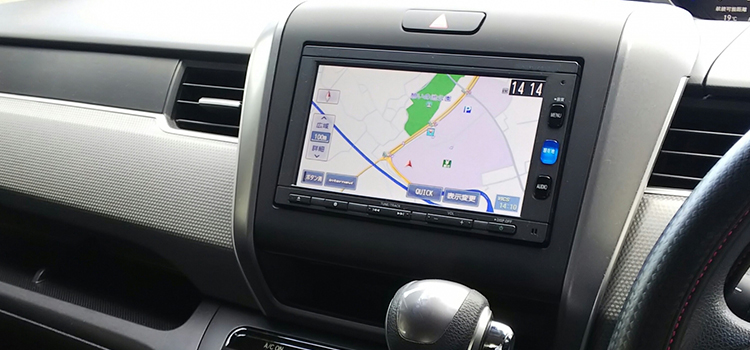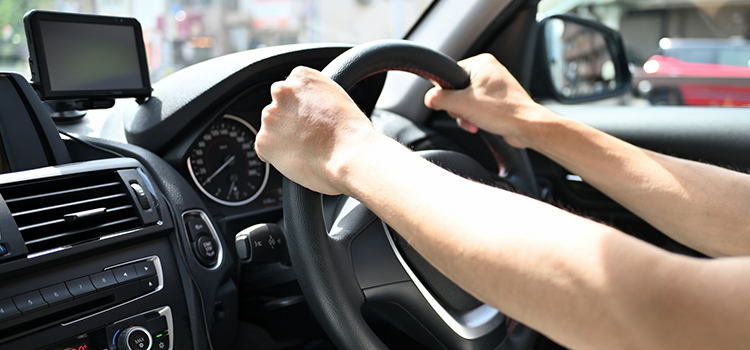The evolution of automotive electronics shows no sign of stopping.
Among each element of CASE (Connected, Autonomous, Shared & Services, Electric), E (Electric) is essential to realize C, A, and S. Therefore, electronification is essential not only for driving automation and improved safety performance, but also for pursuing comfort inside the vehicle.
Along with this, in-vehicle displays have also evolved significantly. Until now, the main functions of displays in cars were limited to two types: the cockpit (such as the speedometer) and the console for car audio and navigation systems, but now they have become much more convenient.

In addition, the trend toward mirrorless systems is accelerating, and cameras and displays are increasingly being installed in place of rearview and door mirrors. By positioning the display close to the front and showing the image that used to be reflected in the mirror, the driver’s eye movement is reduced, which helps prevent the overlooking of potential hazards. In addition, the vehicle can predict dangers without waiting for the driver’s judgment by using the images captured by the cameras, serving as a measure to prevent accidents before they occur.

Natural sunlight enters the interior of a car from all angles. As displays are being designed with wider viewing angles, it is essential to evaluate their visibility under conditions where sunlight hits the display from various angles. Also, the previous article “Performance evaluation of vehicle-mounted cameras and development of image processing software” touched upon the evaluation of in-vehicle cameras. As was mentioned in that article, software that automatically adjusts contrast to enhance visibility even when the camera is facing the sun is being developed, and the images sent from the camera to the display are clear.
However, if the display itself is difficult to see due to the sun shining from behind it, adjusting the images with the camera becomes meaningless. Therefore, improving display visibility is a very important issue. If fully autonomous driving is achieved, drivers will no longer need to check their surroundings. However, since we have not yet reached that stage, both technically and legislatively, it is still necessary to evaluate display visibility. The cockpit touch panel is used for functions such as video playback to improve comfort, so its visibility is also very important.
XELIOS artificial solar lighting plays a major role in evaluating the visibility of in-vehicle displays exposed to direct sunlight. In particular, the XG-500AFSS super spotlight type has been adopted by many display manufacturers, electrical equipment manufacturers, and automobile manufacturers.
The features of artificial solar lighting are:
(1) It has spectral characteristics that are extremely close to those of natural sunlight.
(2) There is very little change over time.
(3) There is no flicker since it uses DC lighting.
These three advantages are major reasons why customers choose our products, and they have received high praise.

If you would like to quantitatively evaluate how displays appear under natural light, please feel free to contact our experienced team.